Types Of Tillandsia – How Many Varieties Of Air Plants Are
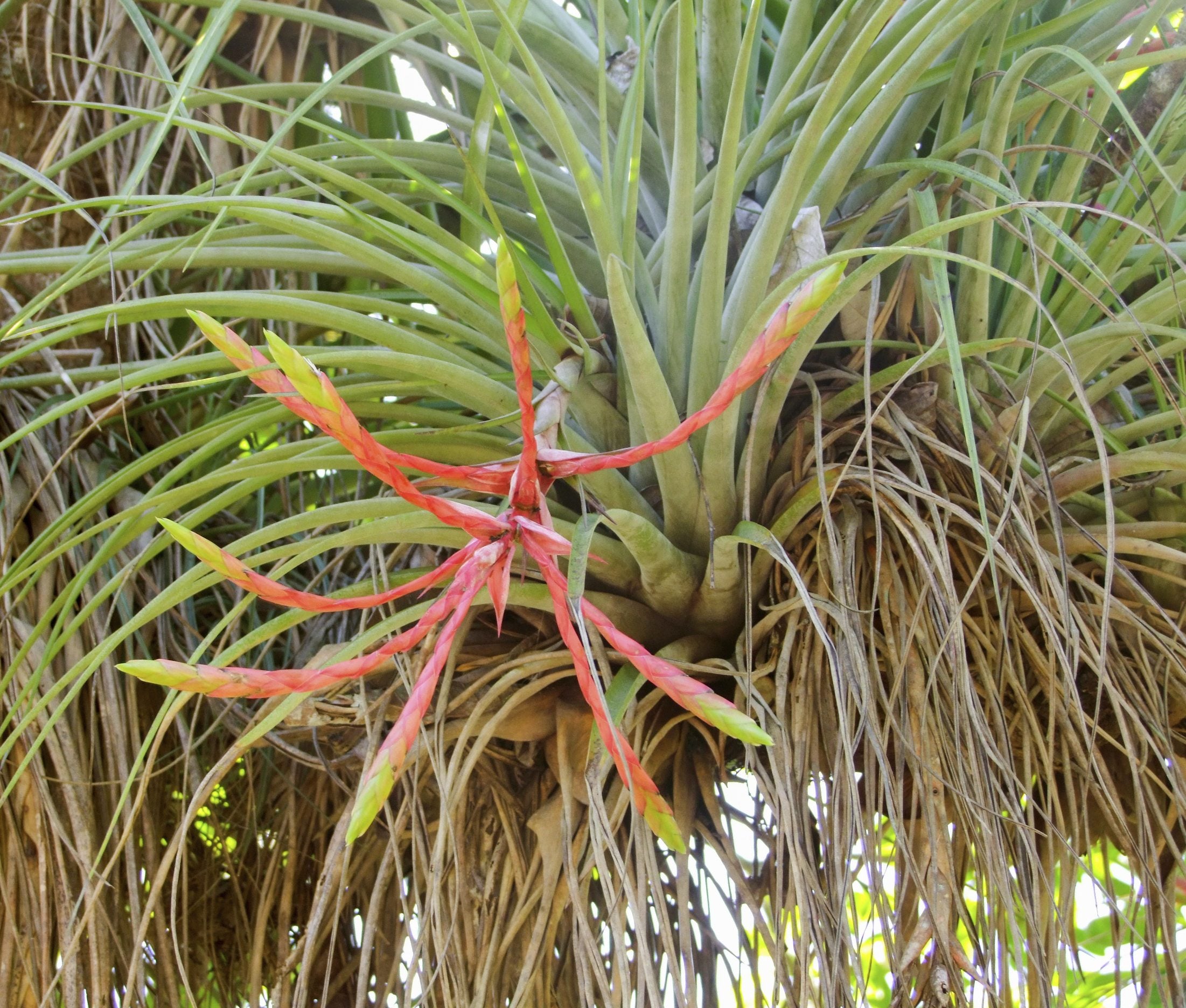

Air plant (Tillandsia) is the largest member of the bromeliad family, which includes the familiar pineapple. How many varieties of air plants are there? Although estimates vary, most agree there are at least 450 different types of tillandsia, not to mention countless hybrid varieties, and no two air plant varieties are exactly the same. Ready to learn about a few different types of air plants? Keep reading.
Types of Tillandsia
Tillandsia plant types are epiphytes, a huge group of plants with roots that anchor the plant to a host – often a tree or a rock. Epiphytes are different from parasitic plants because, unlike parasites, they take no nutrients from the host plant. Instead, they survive by absorbing nutrients from the air, from composted material on the host plant, and from the rain. Examples of well-known epiphytes include various mosses, ferns, lichens, and orchids. Tillandsia air plants range in size from less than an inch (2.5 cm.) to more than 15 feet (5 m.). Although the leaves are often green, they may be red, yellow, purple, or even pink. Many species are fragrant. Tillandsias propagate by producing offshoots, often known as pups.
Air Plant Varieties
Here are some different types of air plants. T. aeranthos – This species is native to Brazil, Uruguay, Paraguay, and Argentina. Aeranthos is a popular air plant with scaly, silver-blue leaves with dark blue blooms emerging from dark pink bracts. It is available in several forms, including a number of hybrids. T. xerographica – This hardy air plant is native to the semi-desert regions of El Salvador, Honduras, and Guatemala. Xerographica consists of a spiral rosette that can grow to widths of 3 feet (1 m.), with a similar height when in flower. The silvery gray leaves are wide at the base, curling to narrow, tapered tips. T. cyanea – This widely cultivated air plant displays loose rosettes of arching, dark green, triangle-shaped leaves, often with a stripe near the base. The spiky blooms are purple and vivid pink to dark blue. T. ionantha – The ionantha species includes several air plant varieties, all compact, striking plants with plentiful, curved leaves measuring about 1 ½ inches (4 cm.) in length. Leaves are silvery grayish green, turning red towards the center before the plant blooms in late spring. Depending on the variety, blooms may be purple, red, blue, or white. T. purpurea – Tillandsia plant types include purpurea (which means “purple”). Purpurea is appropriately named for the bright, reddish purple blooms, notable for their mild, cinnamon-like aroma. The leaves, which reach up to 12 in (31 cm.) long, grow in a spiral fashion. The stiff leaves are a lovely shade of purple tinted mauve.
Gardening tips, videos, info and more delivered right to your inbox!
Sign up for the Gardening Know How newsletter today and receive a free copy of our e-book "How to Grow Delicious Tomatoes".

A Credentialed Garden Writer, Mary H. Dyer was with Gardening Know How in the very beginning, publishing articles as early as 2007.
-
 Looking For Plants To Give You The Soft And Fuzzies? Try These 5 Fuzzy Leaf Plant Options
Looking For Plants To Give You The Soft And Fuzzies? Try These 5 Fuzzy Leaf Plant OptionsLovers of texture, drama, silver foliage and tactile plants will adore these special sensory garden additions. These fuzzy leaf plant options will leave you all aglow
By Susan Albert
-
 Get Ready For A Summer Of Hummers! Grow These Full Sun Hummingbird Plants and Flowers
Get Ready For A Summer Of Hummers! Grow These Full Sun Hummingbird Plants and FlowersIf you’re lucky enough to enjoy a sunny backyard, make sure you are maxing out on your pollinator opportunities and grow these full sun hummingbird plants and flowers
By Tonya Barnett
-
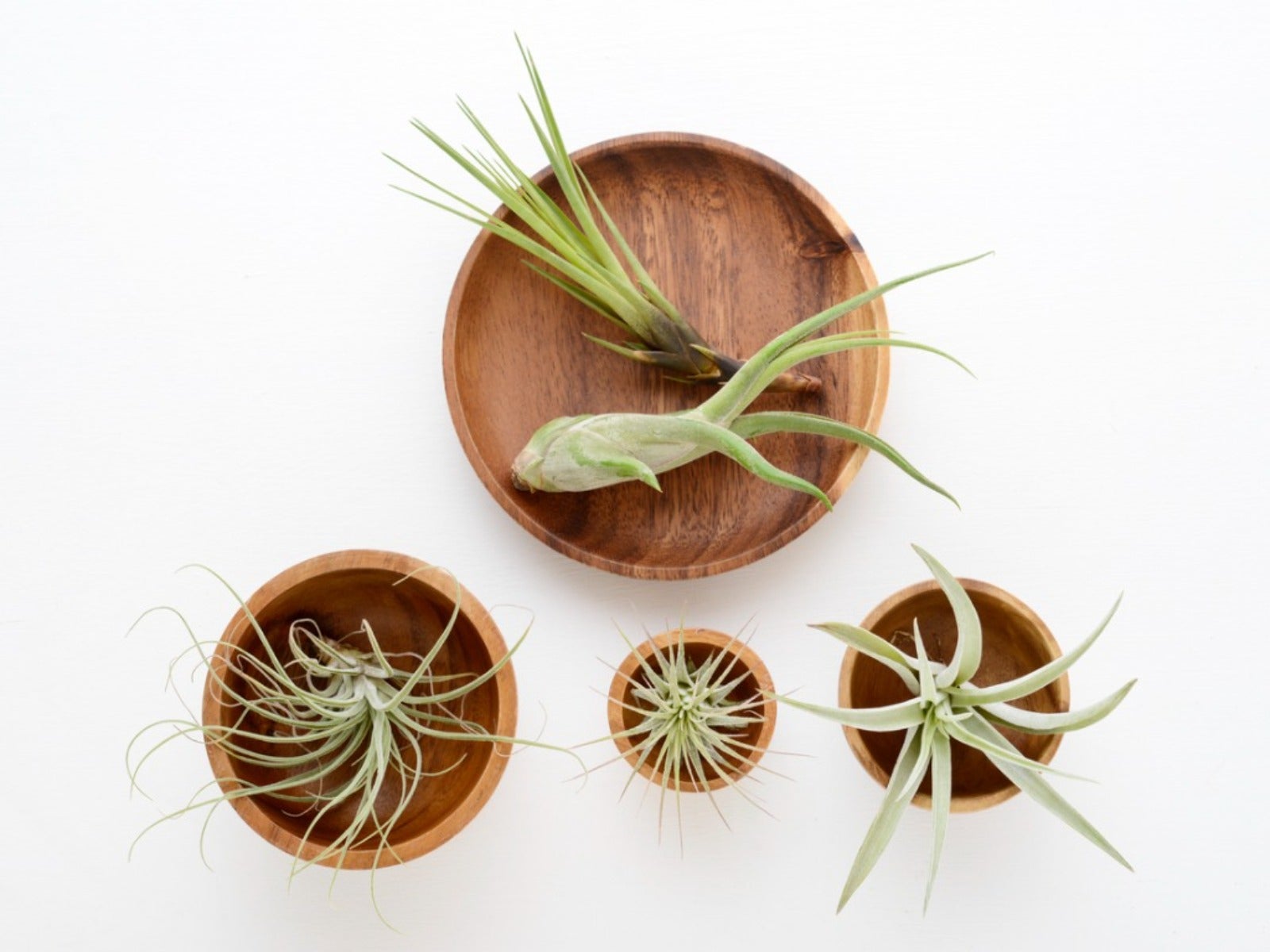 Easy Air Plant Care For Beginners
Easy Air Plant Care For BeginnersClick here for easy air plant care for beginners.
By Bonnie L. Grant
-
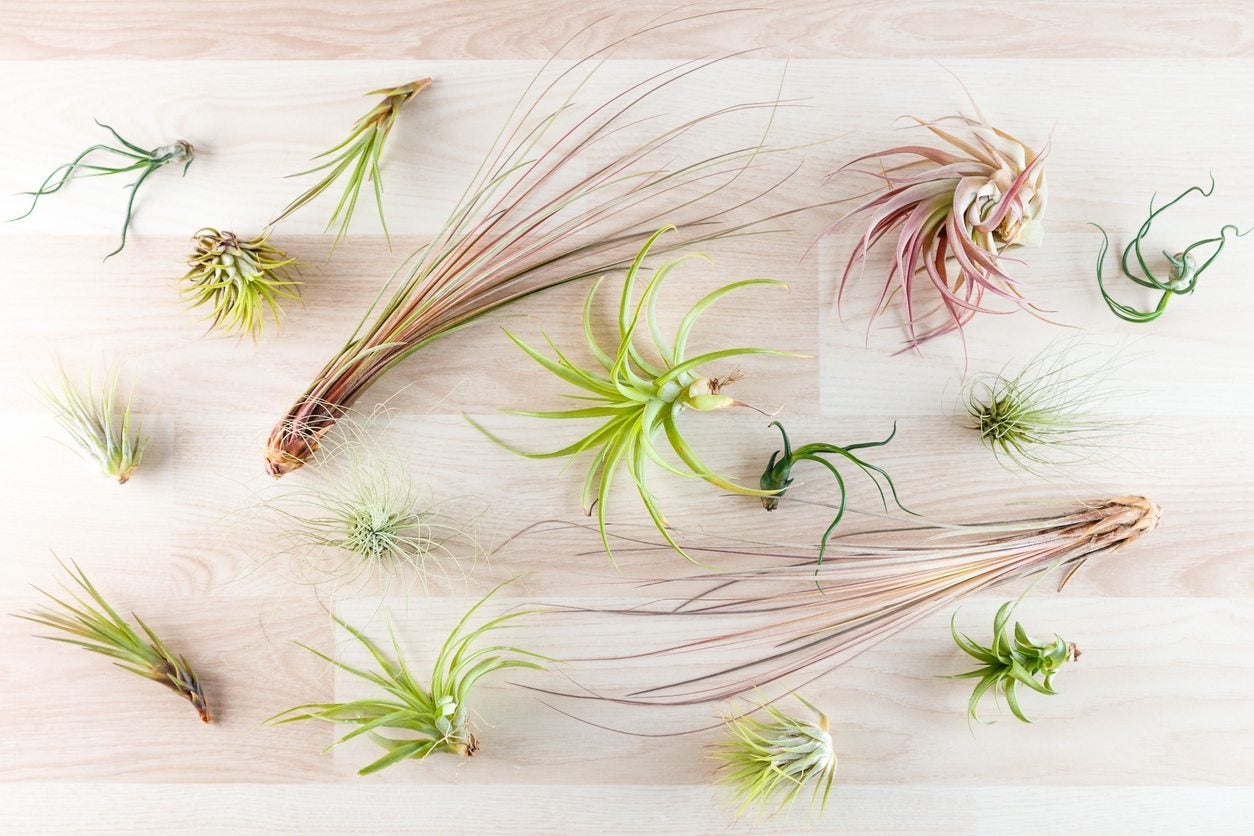 Xerographica Air Plant Information – How To Grow Xerographica Plants Indoors
Xerographica Air Plant Information – How To Grow Xerographica Plants IndoorsXerographica plants are epiphytes that live not on the ground, but on limbs, branches and rocks. Unlike parasitic plants that depend on the host for life, epiphytes use the host merely for support as they reach towards the sunlight. Learn more about them in this article.
By Mary H. Dyer
-
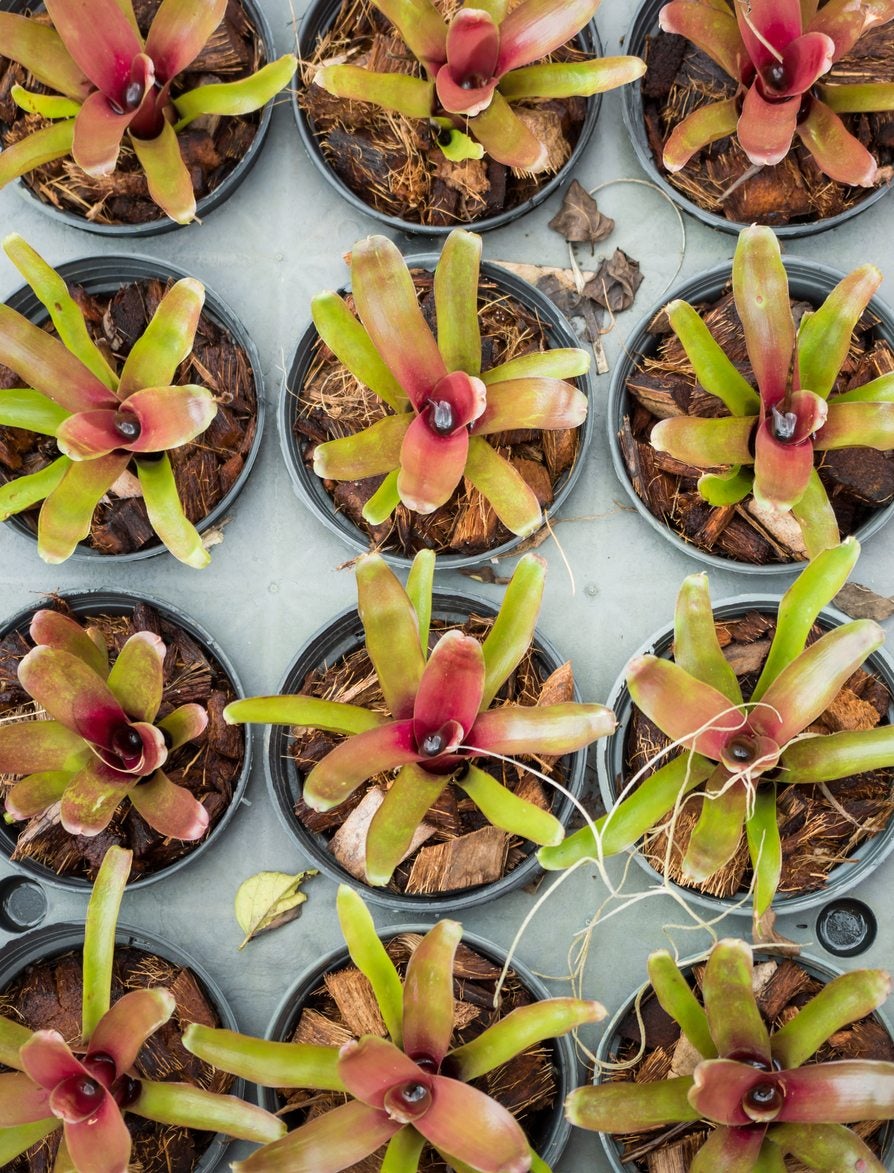 Learn About Epiphyte Plant Propagation
Learn About Epiphyte Plant PropagationSeed can take years to develop recognizable plants, while cuttings on epiphytic cacti seem the best choice. Propagating epiphytic plants starts with recognizing which type of plant you are growing and choosing the method best for that species. Learn more here.
By Bonnie L. Grant
-
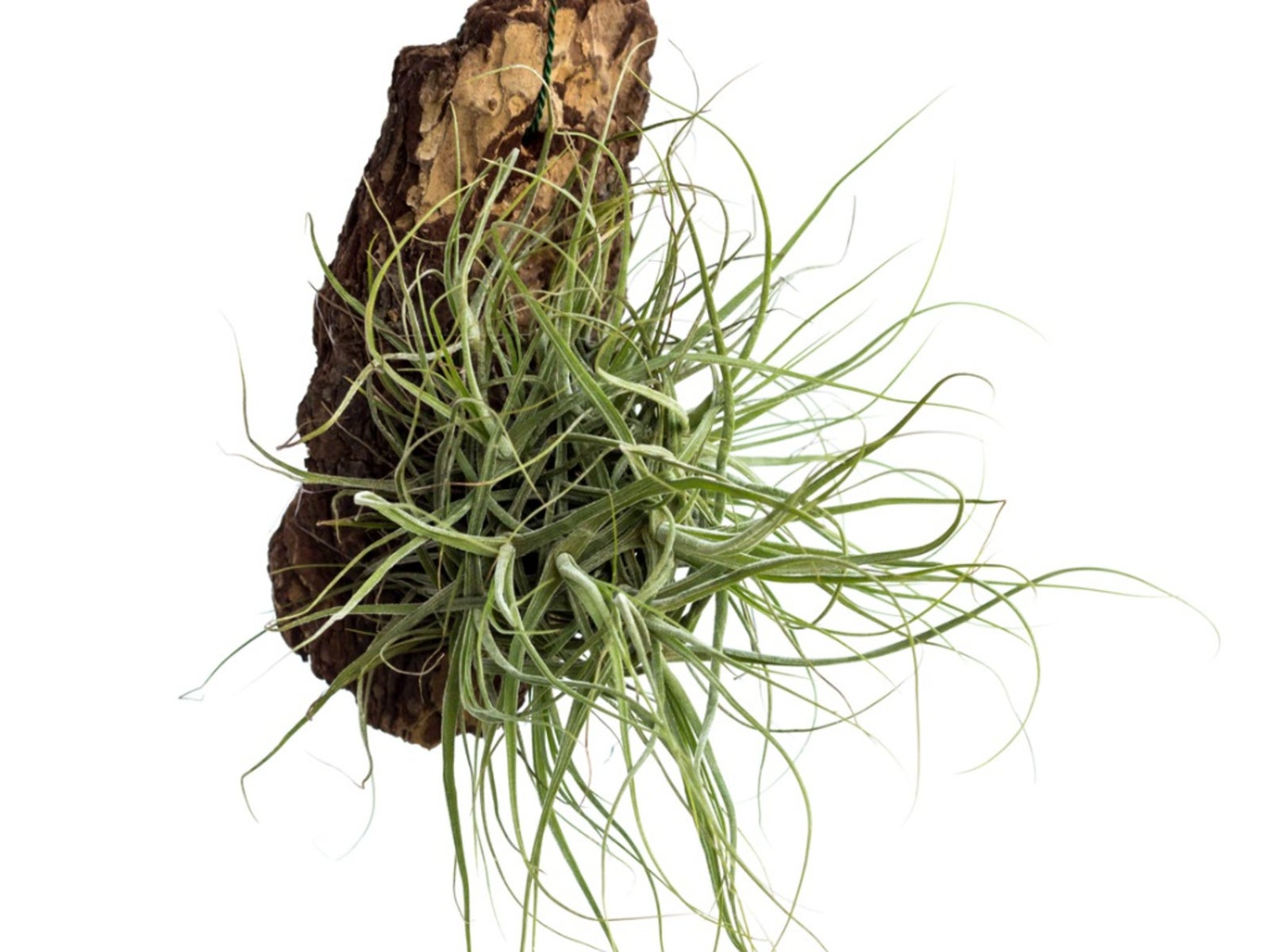 Epiphyte Mounting Tips: How To Mount Epiphytic Plants
Epiphyte Mounting Tips: How To Mount Epiphytic PlantsEpiphytes for the home interior are mounted, generally on bark, wood or cork. It is creative and fun to learn how to mount epiphytic plants. This article can help with that so you can enjoy these plants year round.
By Bonnie L. Grant
-
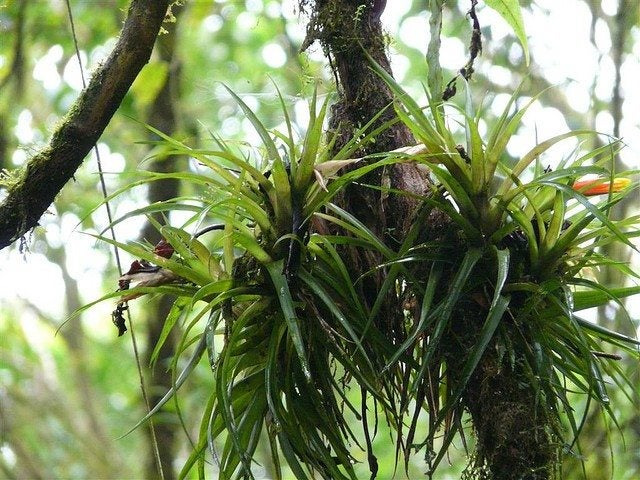 Types Of Epiphytes - What Is An Epiphyte Plant And Adaptations Of Epiphytes
Types Of Epiphytes - What Is An Epiphyte Plant And Adaptations Of EpiphytesTree epiphytes are called air plants because they have no firm grip in the earth. Find answers on what is an epiphyte plant so you can grow them yourself. This article will help.
By Bonnie L. Grant